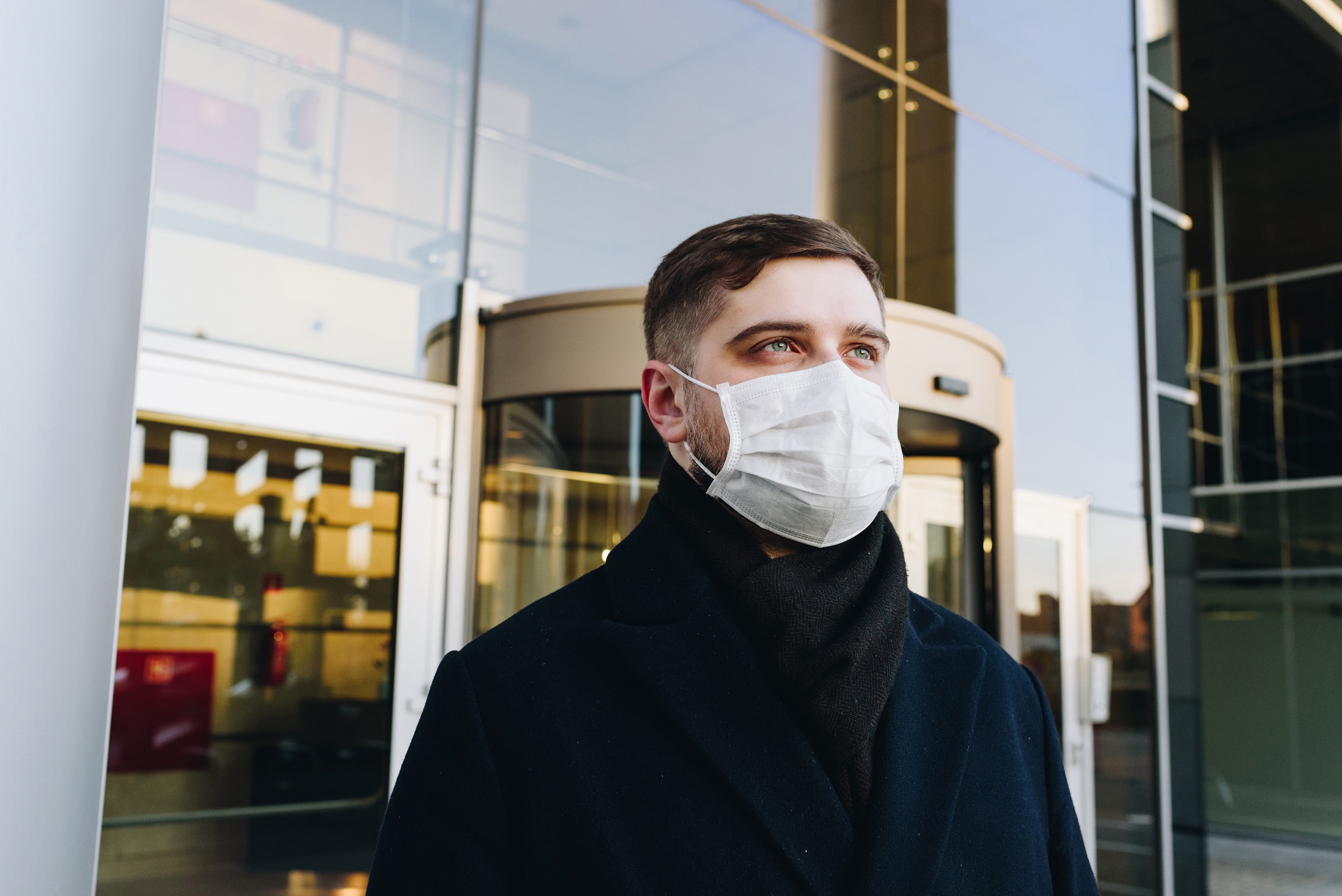A mask mandate could have saved thousands

A nationwide mandate requiring employees of public-facing businesses to wear masks could have saved 17,000 to 55,000 American lives this past spring, according to a study coauthored by an MIT professor and posted on the MedRxiv preprint server in July.
The researchers identified the impact of mask mandates by comparing the before-and-after figures on cases and deaths in states that implemented such policies at different times. After accounting for factors like population density, age and health of state residents, and additional responses to the pandemic in each state, they estimated that imposing a national mandate on April 1 would have reduced the number of deaths by 40%, with a confidence interval of 90%, between then and June 1.
“It is a very effective policy that includes relatively little economic disruption,” says Victor Chernozhukov, a professor in the Department of Economics and the Statistics and Data Science Center at MIT, and one of the authors of the paper detailing the results. “We found it produced a considerable reduction in fatalities.”
Drawing on medical data, Google mobility data, and the timing of state policy announcements, the study also found that in the same time frame, the total number of covid-19 cases in the United States would have likely been 80% higher without the stay-at-home orders implemented by the vast majority of states. With a 90% confidence interval, that means the orders prevented an additional 500,000 to 3.4 million cases.
Finally, the researchers evaluated how much the reduction in activities like commuting and shopping trips has followed specific state policies, and how much has stemmed from personal decisions. They conclude that these factors are about equally responsible.
The paper has not yet been peer-reviewed, but the researchers are continuing to analyze these issues. “We hope to produce another paper that focuses on the effects of mask mandates during the reopening phase,” Chernozhukov says.
Keep Reading
Most Popular
Large language models can do jaw-dropping things. But nobody knows exactly why.
And that's a problem. Figuring it out is one of the biggest scientific puzzles of our time and a crucial step towards controlling more powerful future models.
The problem with plug-in hybrids? Their drivers.
Plug-in hybrids are often sold as a transition to EVs, but new data from Europe shows we’re still underestimating the emissions they produce.
Google DeepMind’s new generative model makes Super Mario–like games from scratch
Genie learns how to control games by watching hours and hours of video. It could help train next-gen robots too.
How scientists traced a mysterious covid case back to six toilets
When wastewater surveillance turns into a hunt for a single infected individual, the ethics get tricky.
Stay connected
Get the latest updates from
MIT Technology Review
Discover special offers, top stories, upcoming events, and more.